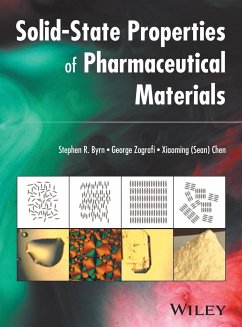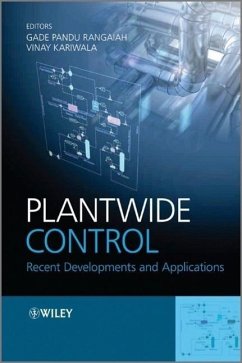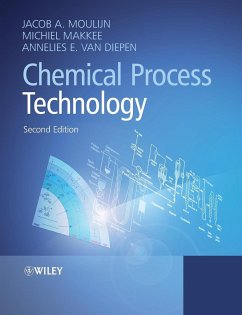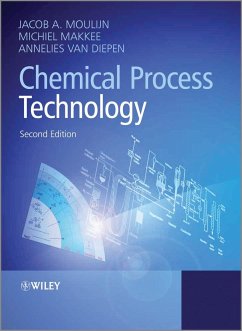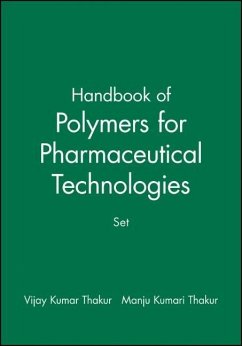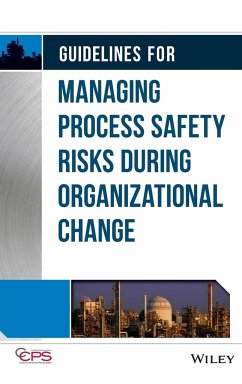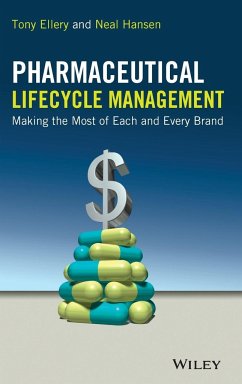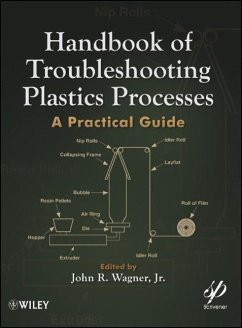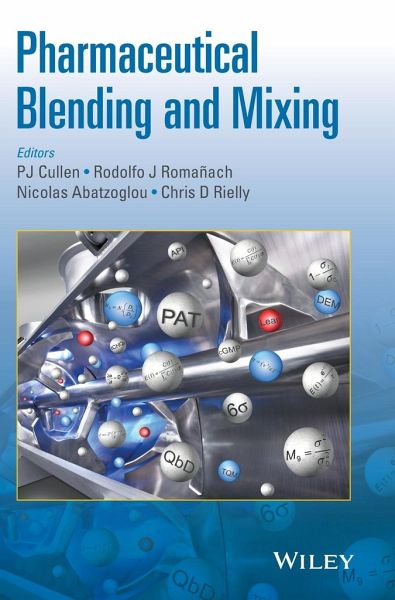
Pharmaceutical Blending and Mixing
Versandkostenfrei!
Versandfertig in über 4 Wochen
192,99 €
inkl. MwSt.
Weitere Ausgaben:

PAYBACK Punkte
96 °P sammeln!
Written in four parts, this book provides a dedicated and in-depth reference for blending within the pharmaceutical manufacturing industry. It links the science of blending with regulatory requirements associated with pharmaceutical manufacture. The contributors are a combination of leading academic and industrial experts, who provide an informed and industrially relevant perspective of the topic. This is an essential book for the pharmaceutical manufacturing industry, and related academic researchers in pharmaceutical science and chemical and mechanical engineering.




